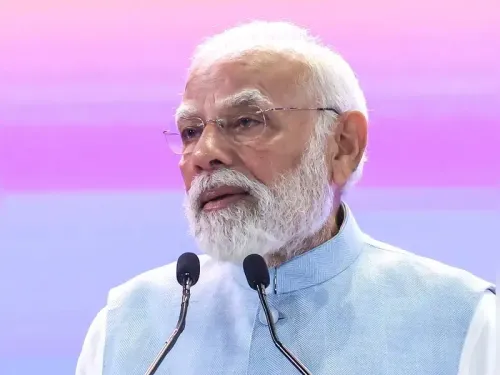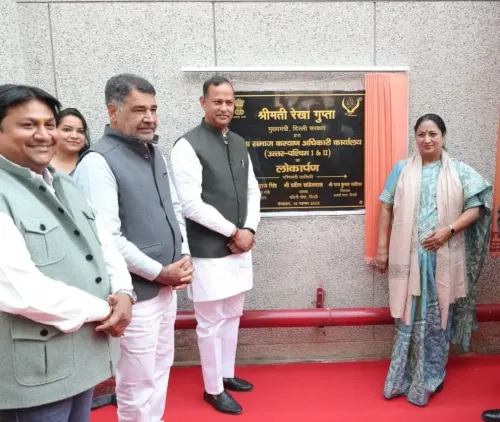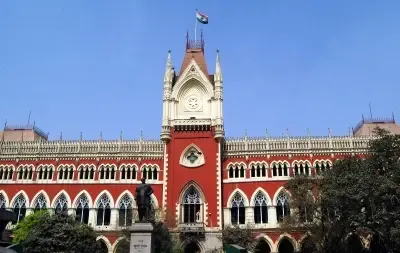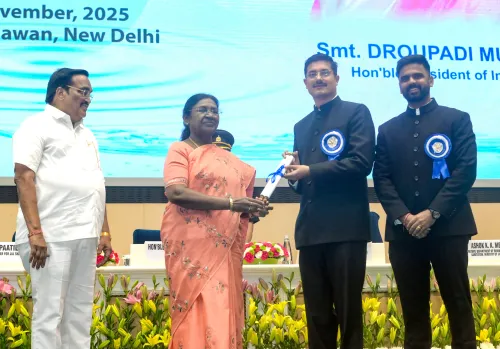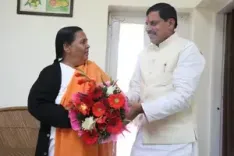How Does the Indian Army's 'Samanjasya' Exercise Enhance Military-Civil Fusion in Arunachal?
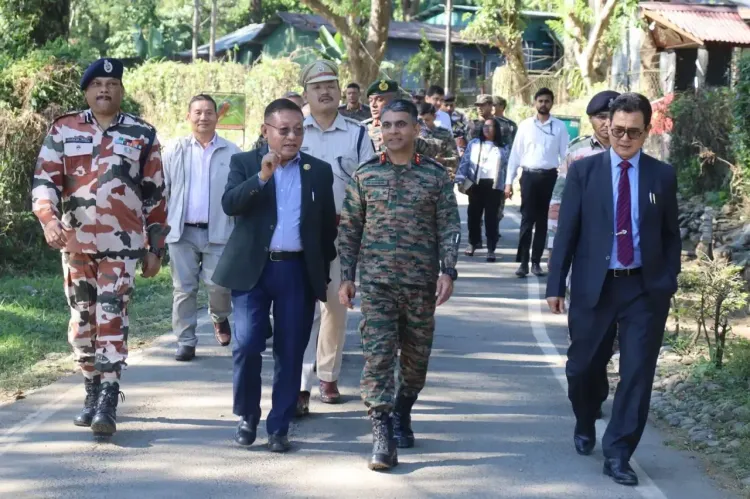
Synopsis
Key Takeaways
- Exercise Samanjasya enhances military-civil collaboration.
- Focus on integrated security management.
- Importance of preparedness for future crises.
- Strengthening relationships among various stakeholders.
- Disaster management as a shared responsibility.
New Delhi, Nov 18 (NationPress) The Dao Division, part of the Spear Corps of the Indian Army, carried out Exercise Samanjasya – Military Civil Fusion, on Tuesday. This initiative is designed to strengthen collaboration between the Indian Army and essential civil partners.
Coordinated meticulously with the civil administration in Lohitpur, Namsai, and Roing (Arunachal Pradesh), the exercise aimed at promoting a unified strategy for security management while optimizing resource use during operations.
This event convened participants from various sectors, including the Army, civil administration, police, paramilitary forces, and other key organizations.
A defense official noted, “In-depth discussions and hands-on coordination activities took place to boost readiness, refine response strategies, and protect critical infrastructure within the region.”
The exercise underscored the necessity of seamless collaboration among all parties to tackle emerging challenges in today's security landscape.
Exercise Samanjasya reaffirmed the Indian Army’s dedication to collaborative planning and a holistic governmental approach, ensuring collective resilience and effective management of potential future crises.
This initiative represents a pivotal advancement in enhancing Mil-Civil Fusion, aimed at securing the area and boosting operational efficacy across various domains.
In a notable instance of preparedness and solidarity, the Indian Army, alongside the State Disaster Response Force, Police, Indo-Tibetan Border Police, and Civil Administration, conducted a comprehensive earthquake response mock drill in Along, West Siang District of Arunachal Pradesh last September.
This drill simulated a significant 7.8 magnitude earthquake across five distinct locations, designed to assess the speed, coordination, and efficiency of multiple responding agencies under realistic scenarios.
The mock drill showcased essential elements of disaster preparedness: enhanced communication networks, robust logistical support, and fluid coordination between military and civil entities.
This exercise served not only as a test of operational capability but also as a reaffirmation of the bond between armed forces and civil administration.
It highlighted that disaster management is a collective responsibility, necessitating synergy, trust, and mutual assistance.

